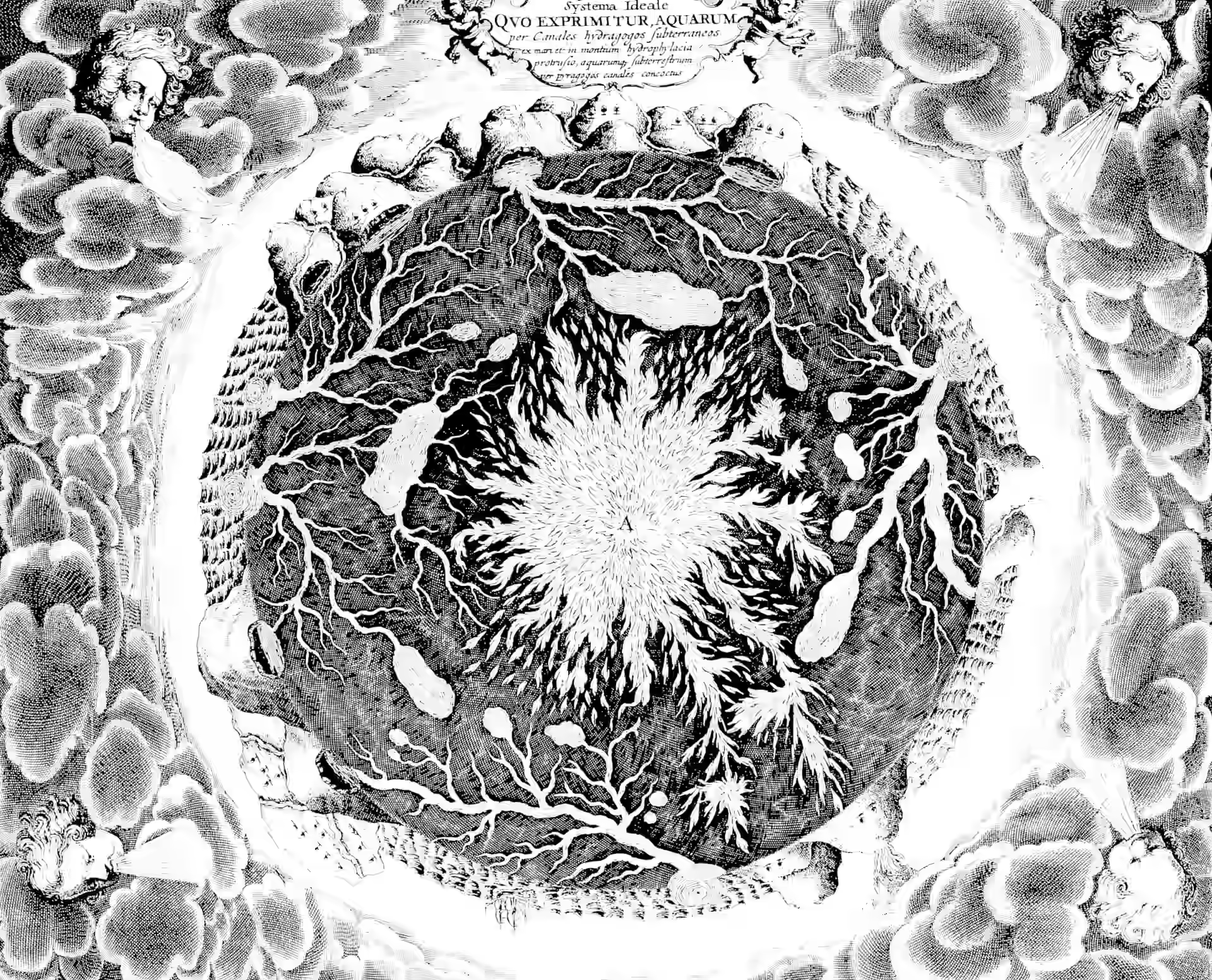Earthquakes
2015-07-14 — 2015-07-14
Wherein the mechanics of seismicity are examined through self-exciting statistical models, the amplification of shaking by alluvial sediments is noted, and large-scale tsunami hazard is evoked.
A passing interest of mine, caught from Didier Sornette when he was my supervisor.
I’m mostly interested in the self-exciting process model of Ogata and Ozaki et al. here.
Kathryn Schulz at the New Yorker The Really Big One
To see the full scale of the devastation when that tsunami recedes, you would need to be in the international space station. The inundation zone will be scoured of structures from California to Canada. The earthquake will have wrought its worst havoc west of the Cascades but caused damage as far away as Sacramento, California—as distant from the worst-hit areas as Fort Wayne, Indiana, is from New York. FEMA expects to coördinate search-and-rescue operations across a hundred thousand square miles and in the waters off four hundred and fifty-three miles of coastline. As for casualties: the figures I cited earlier—twenty-seven thousand injured, almost thirteen thousand dead—are based on the agency’s official planning scenario, which has the earthquake striking at 9:41 A.M. on February 6th. If, instead, it strikes in the summer, when the beaches are full, those numbers could be off by a horrifying margin.
Maciej Cegłowski: Confronting New Madrid
FEMA expects a major earthquake in the central United States to be the costliest natural disaster in American history, which as a California tech worker wounds my professional pride. We’ve spent decades building America’s most valuable industry on top of a seismic powder keg, only to find ourselves outdone by a bunch of Midwestern cotton farmers. How could they erect a more precarious house of cards than Silicon Valley? […]
The second big fact about Midwestern quakes is that sediments amplify shaking. The rigid bedrock that transmits all that seismic energy lies under a deep blanket of mush laid down by the great Midwestern rivers. Just as tsunami waves will slow in speed but grow in amplitude as they enter shallower water, seismic waves slow and amplify in the kinds of alluvial deposits that cover much of the central US. The sediment filters out high-frequency components, but amplifies the kind of low-frequency waves that can shake buildings apart. […]
Because of these two factors—sediment amplification and how far earthquake energy can propagate—models of earthquake damage in the NMSZ are not very sensitive to where the earthquake is centered. The NMSZ covers a fairly large area, but an earthquake anywhere along the fault system (or in the nearby Wabash seismic zone) would devastate the region.
